
Frankly, this is another where I don’t know where to begin. I suppose I ought to begin at the beginning. Monday I was back from the north, Tuesday I was driving northwards again… not as far this time, just an hour up the motorway to meet friends for lunch. They were visiting from the US and it was their last day… so we arranged to meet at the Merrie Lion, in Fenny Compton for lunch. Then they had something they wanted to show me. On their last visit, our time together had been cut short by the notorious exploding coffee pot incident. It was noticeable that we stuck to cold drinks this time. I had, however, had time to show them Rollright and a little of the Cotswolds. This time we were just south of Coventry and they were to be my guides.

I followed their car down a winding lane with interesting bumps in the fields and we pulled up outside a church in the middle of nowhere, or so it seemed. Obviously, this had not always been the case. The first thing you see is spring rising from the earth, sheltered by a well house, then you walk between the trees to what might, at first glance, look like a pretty, but unremarkable parish church. But if the outside looks ordinary, the inside is anything but!

Inside the porch you are faced with a Norman arch… fairly late and less ornate that the older ones, but still Norman and marked on the uprights with centuries-old pilgrims’ crosses. At this point an Ani lookalike bounds out of the church to say hello… smaller, but almost identical in expression and demeanour. By the time you have stroked the dog to its ssatisfaction, you are inside the church. From the door there is, at first glance, nothing remarkable… then you start looking, and seeing, and the place becomes an incredible treasure trove.

The church of All Saints’, Burton Dassett, dates back to the 12thC, with additions made in the 13th and 14th centuries… and although it has witnessed the many changing faces of faith in this country, it remains completely unspoiled and beautiful.

The owner of the dog turned out to be one of the church wardens and he kindly shared some of the history with us. By this time I had spotted the carved capitals, the medieval floor tiles and a dark patch on the wall of the aisle opposite that was unmistakeably early wall painting. I couldn’t hold it together any longer and was almost squealing with excitement… I excused myself, switched on the camera, and indulged.

From the door, it was the capitals that got me. Facing me ‘a kind of green man’, said the warden. Birds and beasts populate the other pillars of the north aisle… hares and foxes, all the animals of the countryside… and some I would not expect to meet in the English landscape this side of the Veil. Of particular note was the scaly figure with the human head and a dragon’s head on its tail that looks like a cross between a harpy and a manticore.

Around the corner is a side chapel holding an ancient tomb, littered with prayer requests. Beside it stands an altar, though to be the original altar slab and bearing a bible open at the Gospel of John. In the corner, halfway up the wall, the old stairs to the rood loft remain. All of which would have been enough without the wall paintings…

The whole wall is covered in layers of patterns painted in earth tones against the white, but the window embrasure quite literally takes the crown. On one side a kingly figure, holding what may be a reliquary or a gift.

It is thought to be one of the Magi… though why this should be so, and why only one, is not explained. Other experts suggest it could be St Oswald (c 604 –642AD) the Northumbrian king and saint, killed fighting against Penda of Mercia, the last pagan king… both of whom featured heavily in our research for the Doomsday series, the final volume of which, Scions of Albion, we had just published.

On the other side is a curious figure of another crowned figure, holding his own severed head and coming eye to eye with it. I have to say, the severed head doesn’t look too pleased about it either, in fact, their joint expressions seem to tell a bit of a story. This one is thought to be St Ethelbert, beheaded when he tried to woo the daughter of Offa, king of Mercia. And all that was only half an aisle and the north transept…I took a lot of pictures… and only a few are shown here. There was yet more to see…


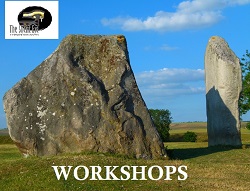



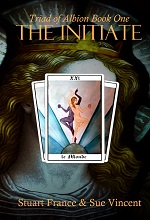


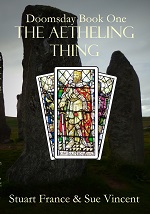
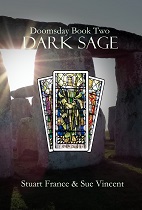
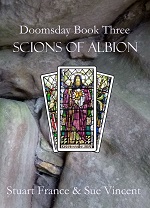
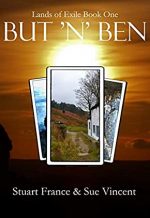






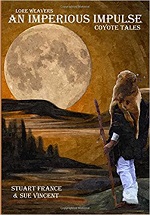


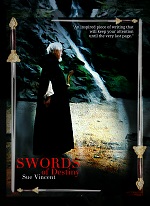

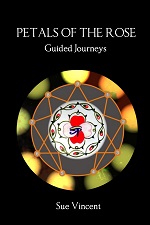






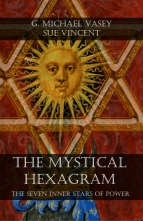

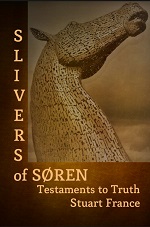





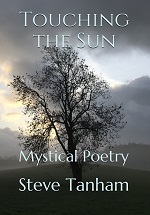

What a jewel!!!
LikeLike
It is… a fabulous little church and one I ould love to revisit if it ever opens again..
LikeLike
What a beautiful surprise to see this today between Zoom related work meetings! (Reaching for tissues) And I have to say the entire landscape is intriguing. Mounds, old orchard remnants, a grain silo on top of a windy hill….magic all around. And of course, sheep. ❤ xx
LikeLike
It brought back somewonderful memories… ❤
LikeLike
your mention of the Cotswolds brings back good memories of our having visited there a couple of years ago. Such a lovely part of the country…
LikeLike
It is a beautiful area… and nor far from me here.
LikeLiked by 1 person
how lucky you are to live in such a beautiful part of England…
LikeLike
The earth is beautiful when you are open to seeing it 🙂
LikeLiked by 1 person
something I could do a better job at…
LikeLike
Most of us, Jim.
LikeLiked by 1 person
Fabulous
LikeLiked by 1 person
Definitely a gem – extraordinarily well-preserved. I can understand your delight!
LikeLike
It is… andwith so much to discover…
LikeLike